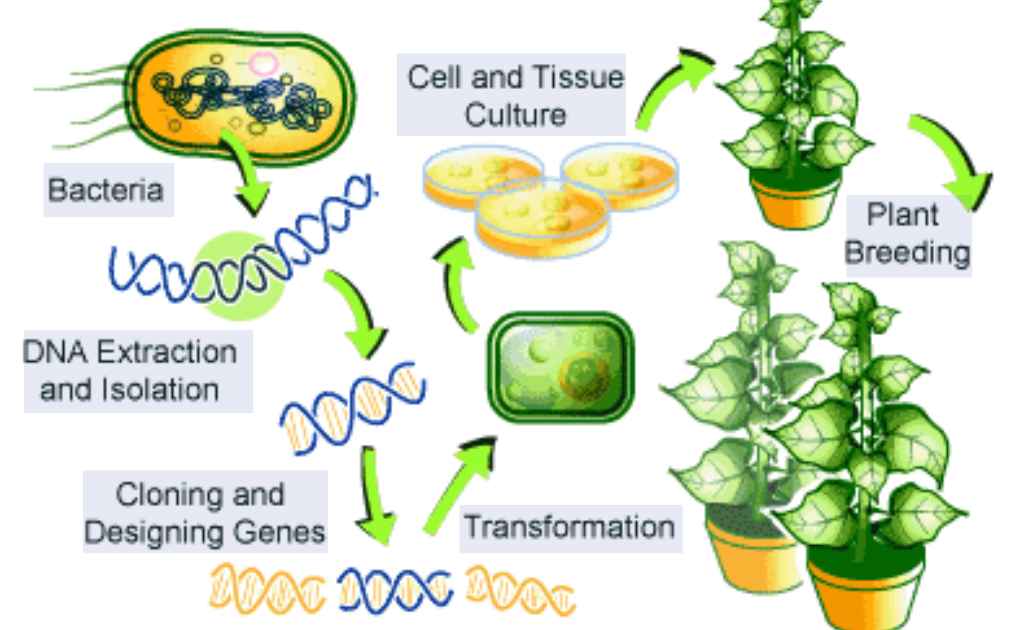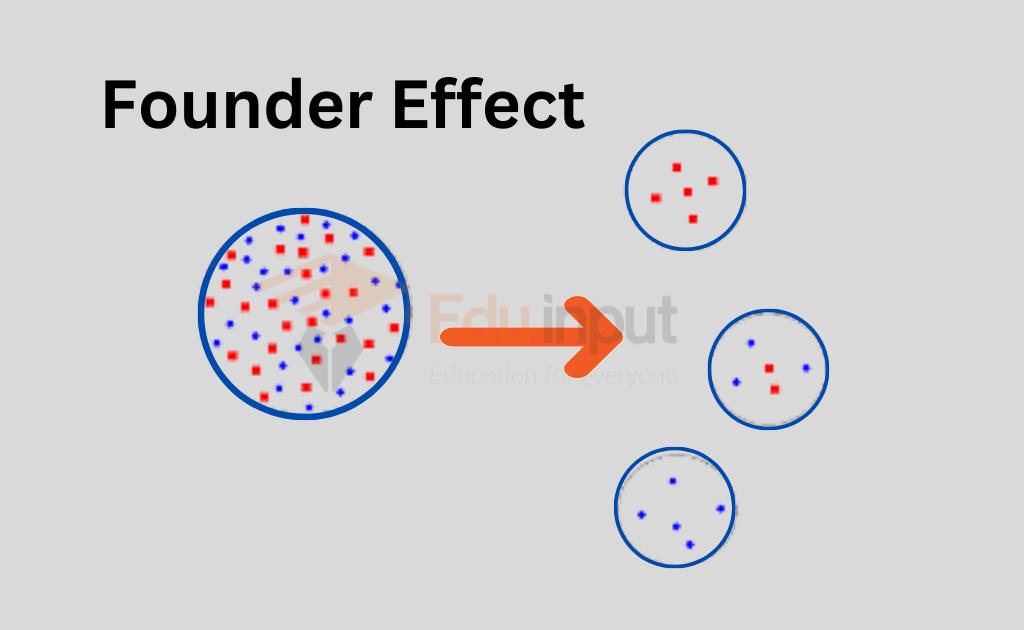Evolution Of Prokaryotes
Prokaryotic cells are unicellular organisms without a nucleus or other organelles. They lack mitochondria, chloroplasts, and eukaryotic cell membranes. Prokaryotes are found everywhere from deep subsurface environments to the surface of our skin. Some species live in extreme conditions such as high temperatures and pressures. Others survive in low nutrient levels.
Life started off as simple single-celled organisms called prokaryotes. The earliest known cells date back 3.5 billion years ago, and they lived at extremely high temperatures.
They evolved into eukaryotes, which gave rise to multicellular organisms such as plants, animals and fungi.
Prokaryotes are defined as those whose nuclei lack membranes around their DNA. Eukaryotes are characterized by membrane-bound organelles called mitochondria and chloroplasts. These two groups of organisms had a common ancestor that existed between 3.6 and 2.4 billion years ago.
Here are different speculations about the origin of life on the earth:
The Evolution Of Prokaryotes
Did you know that the first living cell was a prokaryote? Prokaryotes are single-celled organisms without nuclei or mitochondria. They are also called bacteria or archaea.
Prokaryotes are the simplest form of life on earth. They don’t have a nucleus and they don’t have organelles such as mitochondria. These single-celled organisms arose more than three and half billion years ago.
Bacteria and Archaea are the earliest forms of life on Earth. Bacteria and Archaea are prokaryotes and their ancestors existed before eukaryotes (the ones with nuclei).
Vent Hypothesis About The Evolution Of Aerobic Prokaryotes
The vent hypothesis suggests that life started deep in the oceans. The deep oceans have hot springs called hydrothermal vents. These vents can supply energy and raw materials for the origin of early life forms. A group of bacteria, archaebacteria lived in these vents. These bacteria can tolerate temperatures up to 120°C. They have undergone an evolutionary change. These archaebacteria support ve hypothesis
Evolution Of Photosynthetic Prokaryotes
Primitive environments have limited nutrients. Therefore, early life was also limited. Another source of nutrients was needed. Photosynthesis became a source of nutrients. Photosynthesis provided nutrients to living organisms. The first photosynthetic organisms used hydrogen sulfide as a source of hydrogen. This hydrogen reduced the carbon dioxide to sugars.
Evolution Of Aerobic Prokaryotes
Water, H2S was replaced by water. Oxygen was released during photosynthetic reactions. Oxygen started accumulating in the atmosphere. So earth and its atmosphere changed. Ozone was formed in the upper atmosphere. It started filtering ultraviolet radiation. Finally, the reducing atmosphere became the oxidizing atmosphere. Thus some living organisms started using oxygen. As a result, aerobic prokaryotes were formed. Enough protective ozone formed 420 million years ago. It made life on land possible. The change from a reducing to an oxidizing atmosphere created another problem. Now life cannot arise abiotically.

 written by
written by 




Leave a Reply